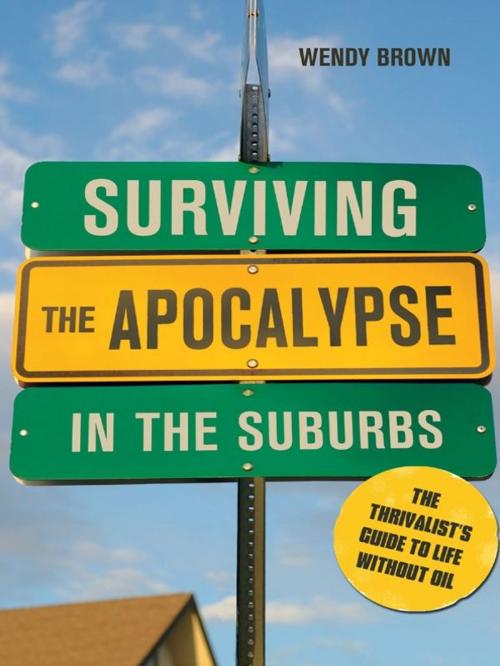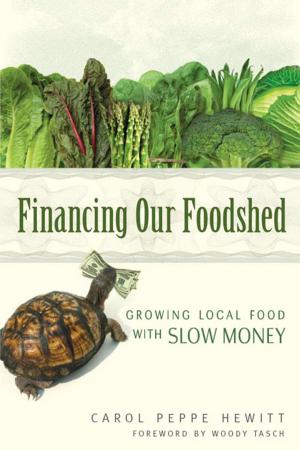| Author: | Wendy Brown | ISBN: | 9781550924718 |
| Publisher: | New Society Publishers | Publication: | April 1, 2011 |
| Imprint: | Language: | English |
| Author: | Wendy Brown |
| ISBN: | 9781550924718 |
| Publisher: | New Society Publishers |
| Publication: | April 1, 2011 |
| Imprint: | |
| Language: | English |
In the latter half of the twentieth century the percentage of the total American population living in suburbs grew to nearly 50 percent. Fossil fuels were cheap and plentiful and car-dependent energy-intensive lifestyles came hand-in-hand with this demographic transition. In the age of Peak Oil environmental catastrophe and a failing economy it is imperative that we transform the suburbs into sustainable communities.Surviving the Apocalypse in the Suburbs envisions a suburban evolution -- from isolated cookie-cutter houses with manicured lawns and 2-car garages to small closely packed productive interdependent homesteads. This guide to simplifying suburbia and adopting a lower energy lifestyle breaks down all our basic needs and describes how they might be met after the loss of the modern conveniences we currently take for granted. From small-space gardening techniques and a guide to small livestock to tips on cooking heating and sanitation options and much more this is a complete guide to becoming more self-sufficient wherever you live.Required reading for anyone interested in increased self-reliance and a lower carbon footprint Surviving the Apocalypse in the Suburbs will help you look past the white picket fence to a new world of possibilities.
In the latter half of the twentieth century the percentage of the total American population living in suburbs grew to nearly 50 percent. Fossil fuels were cheap and plentiful and car-dependent energy-intensive lifestyles came hand-in-hand with this demographic transition. In the age of Peak Oil environmental catastrophe and a failing economy it is imperative that we transform the suburbs into sustainable communities.Surviving the Apocalypse in the Suburbs envisions a suburban evolution -- from isolated cookie-cutter houses with manicured lawns and 2-car garages to small closely packed productive interdependent homesteads. This guide to simplifying suburbia and adopting a lower energy lifestyle breaks down all our basic needs and describes how they might be met after the loss of the modern conveniences we currently take for granted. From small-space gardening techniques and a guide to small livestock to tips on cooking heating and sanitation options and much more this is a complete guide to becoming more self-sufficient wherever you live.Required reading for anyone interested in increased self-reliance and a lower carbon footprint Surviving the Apocalypse in the Suburbs will help you look past the white picket fence to a new world of possibilities.















